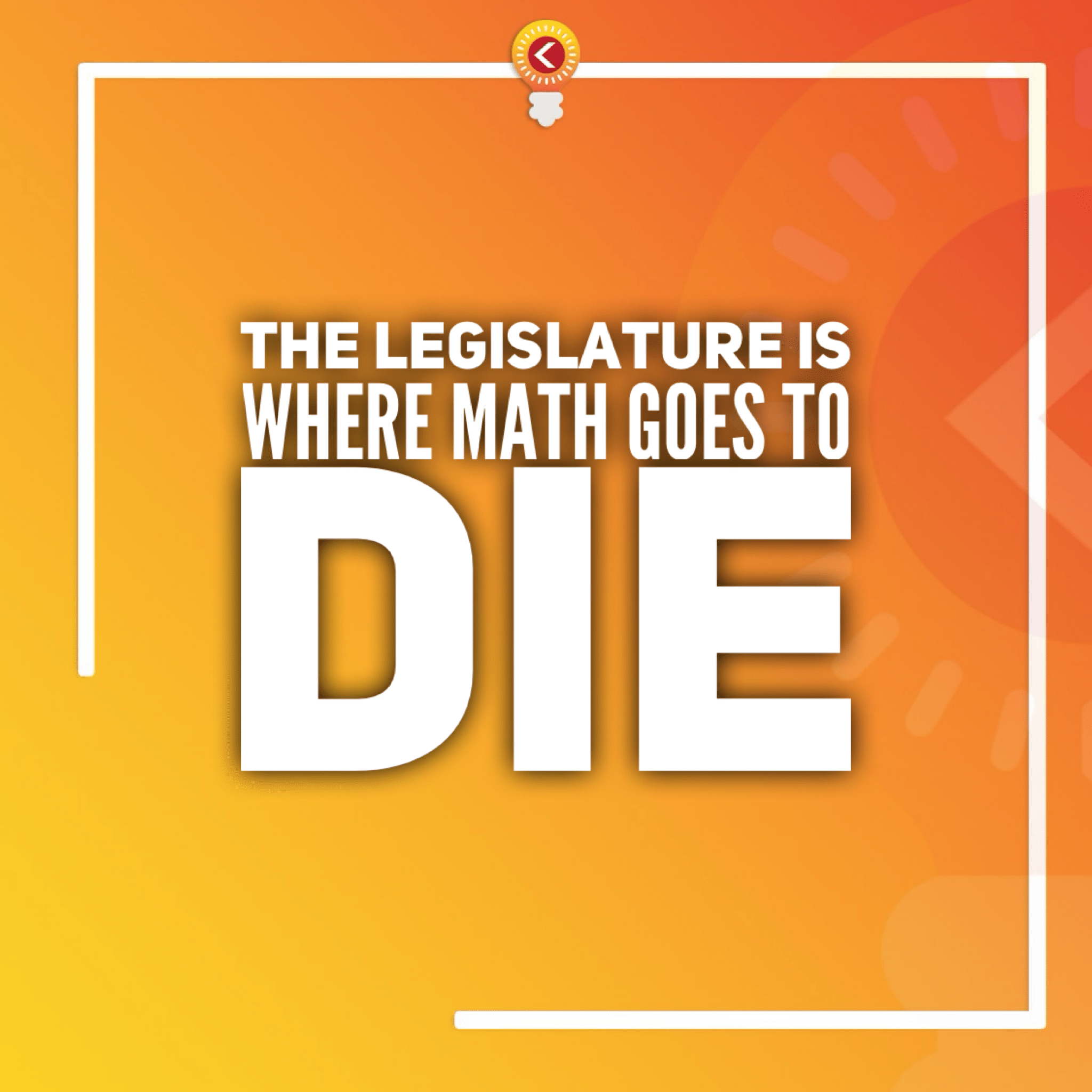The framers of the Organic Act of Guam created a unicameral legislature to be comprised of up to 21 members. In 1995, then-Senator Mark Forbes led the successful effort to reduce the size of the legislature to 15 members.
It’s always an odd number. Why? Well, to prevent tie votes on any given issue. Translation: So the darn senators can make decisions.
If there were 14 members, then the legislature always will run the risk of voting on a bill, and not being able to pass it if seven senators vote ‘yes’ and seven senators vote ‘no.’ That would mean there is no majority, and without a majority vote, the legislature cannot advance a bill to the governor for her or his signature.
Alas, we have 15. And if all 15 are present and voting (as they should be, because they are highly overpaid to legislate), that means there can be no ties. The closest these 15 can get to a split vote is 8 votes one way, and 7 the other. Either way, they made a decision.
Our Guam Legislature, however, truly is where math goes to die.
Before senators in one session last week were two competing bills to accomplish one thing: to determine where Guam Memorial Hospital should be built.
All 15 senators were present and voting. One would surmise that – being the only options on the table for the construction of a new hospital – one bill would pass, and the other would fail.
First, the governor’s preferred option – Bill No. 184 – received 7 yes votes and 8 no votes. So, it failed. To any logical person, that must mean the 8 senators who voted no to the governor’s option would vote yes to the only other option.
But, when Chris Barnett’s Bill No. 185 was voted on, 7 senators voted yes and 8 voted no.
Weird, huh? Makes no sense at all?
Welcome to the Guam Legislature. Zero progress is being made on the critical effort to build a new hospital because our senators can’t do simple math.





1 Comments
Imelda Tanapino
02/02/2024 at 5:02 PM
Your “talk” seems similar to what we hear from the Youth Congress of corrupt [censored] GovGuam.